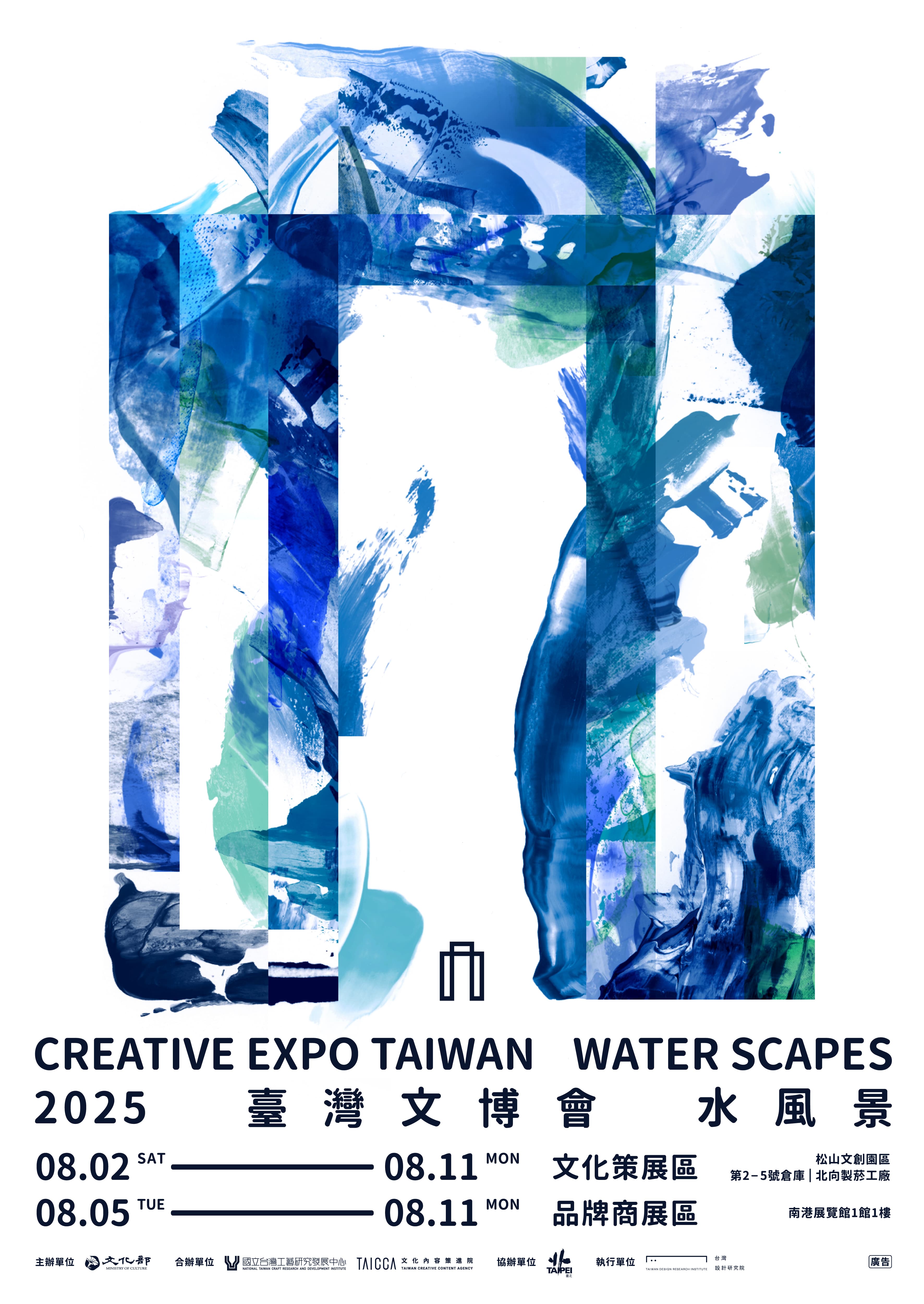In August 1911, the Taipei Basin was struck by a devastating flood, with water levels surging up to nine meters. The Governor-General’s Office described the disaster in apocalyptic terms—“Total Destruction of Taipei.” The frequent typhoons and floods of the era not only disrupted the colonial economy, but also accelerated a systemic shift: the colonial government began to treat water management as a cornerstone of its modern capitalistic urban planning, marking the beginning of Taiwan’s “water as resource” engineering culture.
This traumatic moment—Taipei’s near-destruction—cast a long shadow over Taiwan’s water governance for the next century, centering water policies on economic utility and rigid control. But today, amid escalating climate change and extreme weather conditions, the global discourse around water has begun to shift. In 2017, New Zealand granted legal personhood to the 290-kilometer-long Whanganui River, allowing it to seek restoration and reparations. The Netherlands adopted a fifty-year “Room for the River” policy to retreat from land reclamation and embrace its aquatic geography. Across Europe, youth collectives formed the “North Sea Parliament,” advocating for the rights of oceans and waters as legal subjects. A new water ecology movement is surging around the globe. This year's Creative Expo Taiwan centers on Waterscapes, highlighting the fluid identity of Taiwan as an island of rivers and seas, and emphasizing the importance of its water-based cultural ecosystem.
The exhibition presents Taiwan’s diverse waterscapes—from cloud forests 2,000 meters above sea level and hot springs on misty hills, to coastal rivers and tidal surges—through four curatorial themes: Taiwan as Endless Streams, The Island of Seascapes, The Spirit of Water, and The Realm of Mist. These themes reflect the resilience, expansiveness, healing power, and dynamic creativity embedded in Taiwan’s waters, and the rich biodiversity and cultural expressions that flow from them.
ABOUT CREATIVE EXPO TAIWAN
Since its establishment in 2010, Creative Expo Taiwan (CET) has evolved and expanded over the years and is now a major licensing and trade platform for cultural/creative merchandise and images in Taiwan. CET events explore local cultures, highlight Taiwanese trends, and inspire discussions on cultural matters. With curatorial expertise and commercial exhibitions, CET aims to drive economic momentum with cultural values.
In 2025, CET will focus on cultural legacies and innovations. By coordinating resources, CET strives to become a key in the international cultural/ creative value chain. We believe that culture and creativity can offer fresh ideas and influences to the global market.
Waterscapes
Cultural Ecosystem Services of the Water Bodies in Taiwan
Cultural ecosystem services provided by water are largely intangible, yet deeply nourishing. They manifest across four key dimensions: Spiritual beliefs and folk traditions, Aesthetics and leisure, Ecological cycles and education, Social bonds and cultural heritage.
In this exhibition, the cultural ecosystem services of Taiwan’s waterscapes are made visible:
The Spirit of Waters: Through legends of water deities across Taiwan’s diverse cultures, we see the enduring spiritual vitality of communities shaped by the belief in water’s sacredness.
The Island of Seascapes: This theme traces Taiwan’s agrarian and industrial heritage—from irrigation ponds and aqueducts to aquaculture systems and fishing tools, even to the ultra-pure water used by TSMC to manufacture semiconductors. Water is not only a resource, but also a central agent in Taiwan’s cultural ecosystem services.
The Realm of Mist: Here, water becomes a teacher. From embracing Daoist metaphors of water's flexibility, to modern ecological thinking, initiatives such as the Thousand Miles Trail Association’s watershed programs and the Kuroshio Ocean Education Foundation’s marine and whale culture outreach exemplify how water connects human and non-human actors. This theme also features the canoe-building traditions of Taiwan’s Indigenous communities on the East Coast.
Taiwan as Endless Streams: In this section, water flows into the everyday—from hot spring leisure and tea rituals, to ink painting, aquatic cuisine, and Indigenous paddling culture—revealing how water nourishes Taiwan’s aesthetic and daily life.
Taken together, Taiwan’s waterscapes refer not only to rivers, cloud forests, waterfalls, farmland, and oceans, but also to cultural products born of water: ink and paper, wine and tea, broth and produce, salt and seafood, fragrance and dessert. These expressions emerge through visual art, animation, design, cultural heritage, and film and sound. By bringing together cultural currents like the T-content plan, the Top 100 Cultural Bases, and curated regional brands, the exhibition places Taiwan as Endless Streams in dialogue with global trends.
Taiwanese cinema has long captured water’s emotional and symbolic resonance. The spring water sipped in the mountains in A City of Sadness, the rain and tears of The Puppetmaster, the East Coast in The Man from the West, and the blood-soaked stream in Warriors of the Rainbow: Seediq Bale—these images of water permeate our collective memory, becoming vessels for reflecting on Japanese colonialism, Indigenous resistance, martial law trauma, and transitional justice. Similarly, The Tea Trail of the Outsiders, and the television drama Gold Leaf depict Taiwan’s rich tea trade and family legacies through the color and symbolism of tea, flowing with the lifeblood of history and culture.
In this exhibition, water is not only an element but a curatorial lens—one that reflects Taiwan’s cultural ecology and guides the viewer through an immersive, place-based experience.
Within the four major exhibition zones — Taiwan as Endless Streams, The Island of Seascapes, The Spirits of Waters, and The Realm of Mist — the curatorial narrative weaves together visual arts, anime and pop culture, cultural heritage, and audiovisual brands. Key highlights include outstanding works selected from the T-content Plan and the Top 100 Cultural Bases, curated through the lens of water-related imagery that flows across disciplines and creative expressions.
Highlights include the blood-stained creek of Seediq Bale, the misty forests in Gaga, the tea hues of Gold Leaf, the harbors of The Tea Trail of the Outsiders, the seawater in the VR film The Man Who Couldn't Leave, the haunting landscapes of photographer Yang Shun-Fa’s The Submerged Beauty Of Formosa, and the disappearing Dong-Shi village in My Missing Valentine. With water as its axis, the exhibition creates an immersive environment through new media interfaces and cultural branding, inviting audiences to enter the Waterscapes of Taiwan’s cultural ecology.
Visual Identity Concept
The visual design centers on the fluidity of water, highlighting how ripples resemble human individuality—each encounter and interaction giving rise to new ideas and innovation. By “freezing” moments of convergence, the design captures the rhythm and trajectories of cultural exchange, showcasing the beauty and transformation that emerge when perspectives, languages, and cultures meet.
The concept draws inspiration from Bruce Lee’s famous quote: “Water is formless and shapeless. If you put water into a cup, it becomes the cup. You put water into a bottle and it becomes the bottle. You put it in a teapot, it becomes the teapot. Now, water can flow or it can crash.” This metaphor reflects the relentless adaptability and creative spirit of Taiwan’s emerging creators and cultural brands. Like water, they break boundaries and continuously evolve.
Through layered shades of blue and green and richly detailed water ripples and flows, the visual language evokes a sense of spatial richness and depth — from profound ocean and the clear lakes, to the light mist. These elements reflect the unique creative value that emerges in diverse environments. As these forces converge, they give rise to a powerful cultural wave that brings Taiwan’s creative energy to global view.

